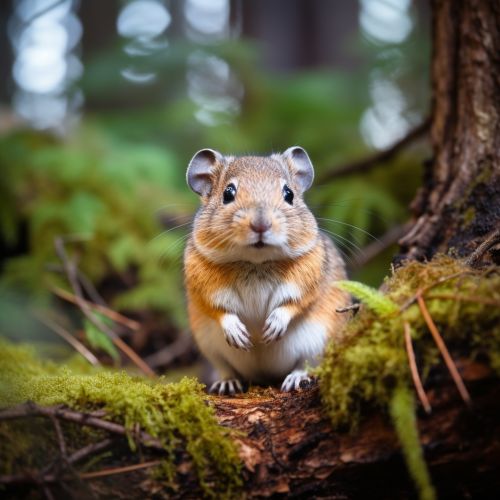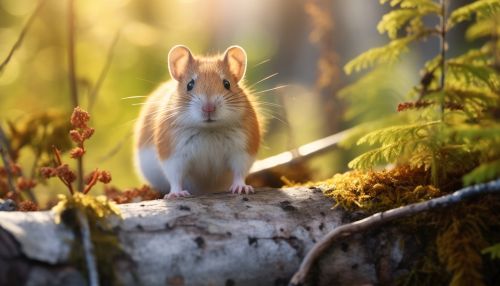North American Rodents
Introduction
Rodents are a diverse group of mammals, with North America being home to a wide variety of species. These creatures, belonging to the order Rodentia, are characterized by a pair of continuously growing incisors in both their upper and lower jaws. This article delves into the various types of North American rodents, their characteristics, habitats, and roles in the ecosystem.


Classification and Diversity
North American rodents belong to various families within the order Rodentia. Some of the most common families include Sciuridae (squirrels), Cricetidae (hamsters, voles, lemmings, and New World rats and mice), Castoridae (beavers), and Muridae (Old World rats and mice). Each family is further divided into various genera and species, making rodents one of the most diverse groups of mammals in North America.
Characteristics
Rodents are known for their unique dental anatomy. They possess a pair of incisors in each jaw that grow continuously throughout their life. These incisors have hard enamel on the front and softer dentine on the back, causing them to maintain a sharp edge as they wear down. This characteristic allows rodents to gnaw on a variety of materials, including wood, seeds, and nuts.
In terms of size, North American rodents range from the tiny deer mouse weighing as little as 15 grams, to the considerably larger American beaver, which can weigh up to 32 kilograms. Their body shapes and sizes are adapted to their specific habitats and lifestyles, with some species being arboreal, others terrestrial, and some semi-aquatic.
Habitats and Distribution
North American rodents inhabit a wide range of environments, from forests and grasslands to deserts and wetlands. For instance, the American red squirrel is commonly found in coniferous forests, while the kangaroo rat is adapted to live in arid desert environments. The muskrat, on the other hand, is a semi-aquatic rodent that thrives in wetlands.
The distribution of rodents across North America is influenced by factors such as food availability, climate, and the presence of predators. Some species, like the brown rat and the house mouse, have adapted to live in close proximity to humans, often in urban and suburban areas.
Role in the Ecosystem
Rodents play crucial roles in the ecosystems they inhabit. As herbivores and omnivores, they contribute to seed dispersal and the cycling of nutrients in the soil. Rodents also serve as a food source for various predators, including birds of prey, snakes, and carnivorous mammals.
In addition, some rodents, like beavers, are known as ecosystem engineers due to their ability to significantly alter their environment. For instance, beavers build dams that create wetlands, providing habitat for a variety of other species and influencing water flow in the landscape.
Conservation Status and Threats
The conservation status of North American rodents varies from species to species. While many are common and not currently threatened, others, such as the Utah prairie dog and the Key Largo woodrat, are listed as threatened or endangered due to habitat loss, disease, and predation.
Invasive rodent species, such as the brown rat and the house mouse, pose a threat to native rodents and other wildlife through competition for resources and predation. These invasive species can also cause significant damage to human structures and agriculture.
